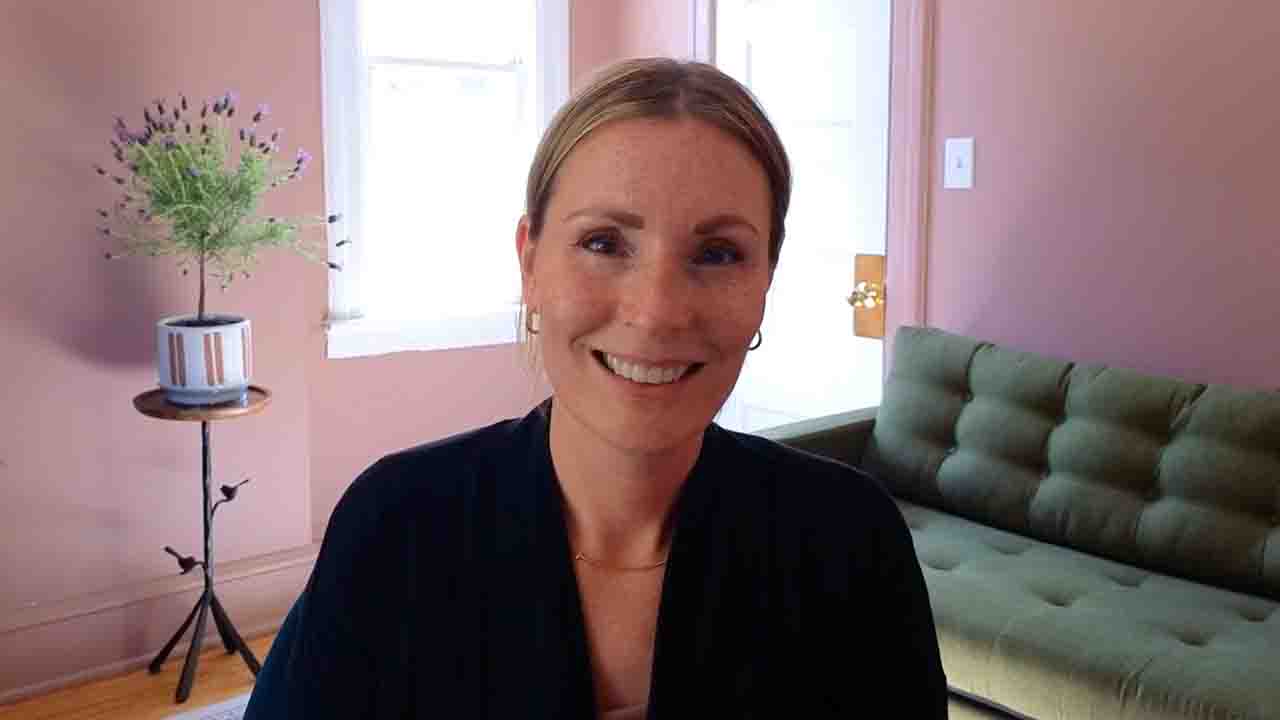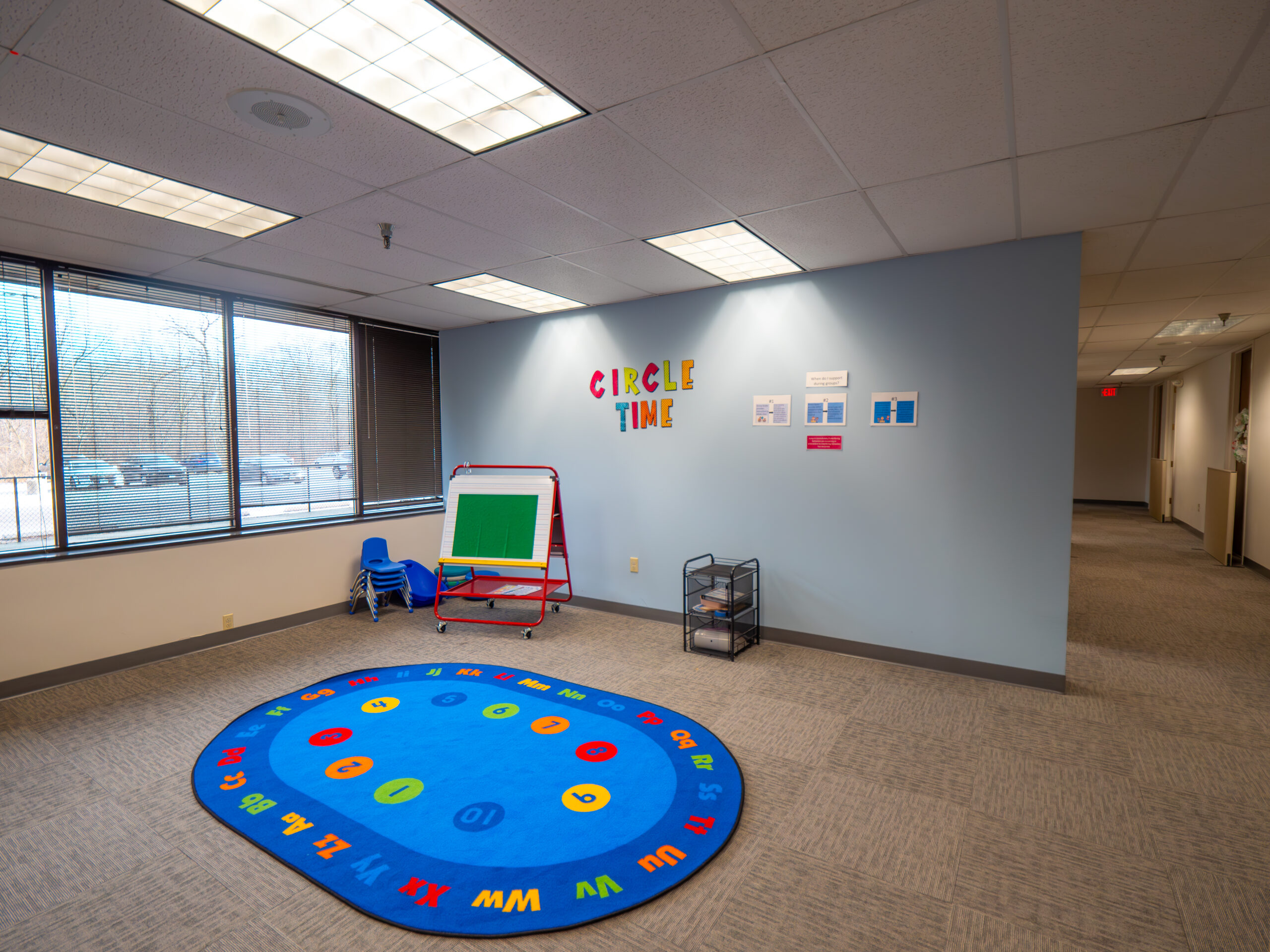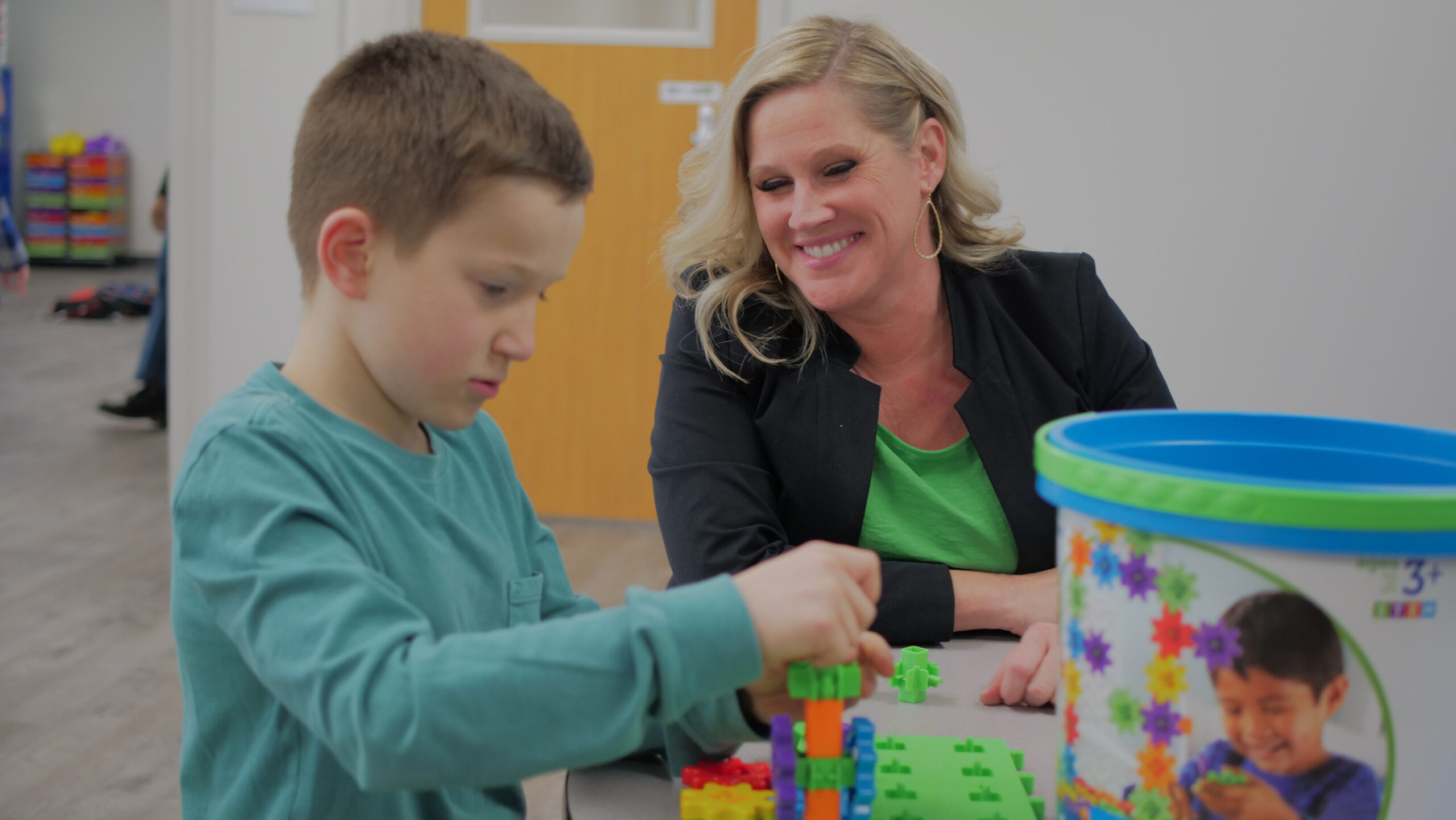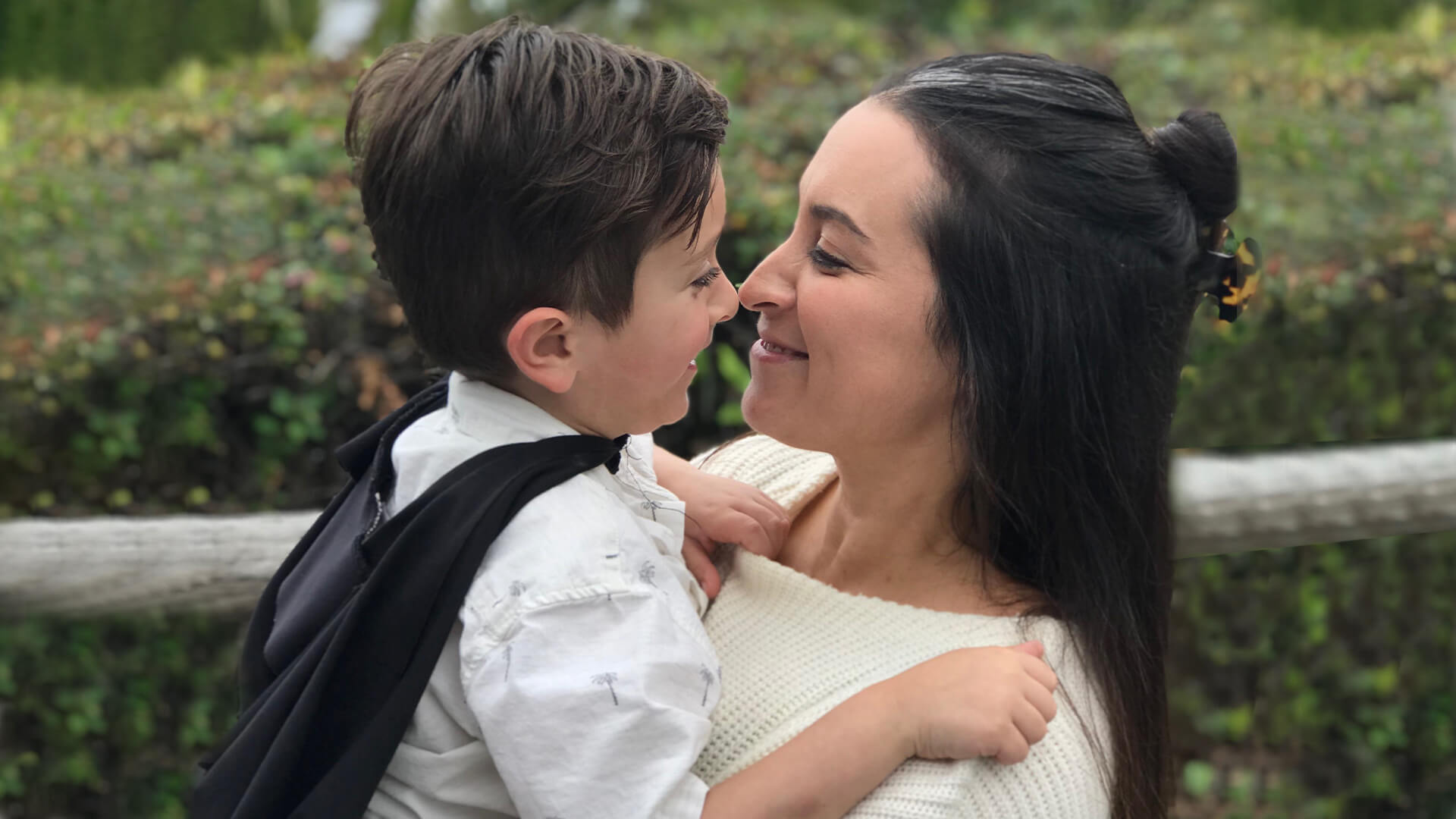BY: NICOLE ZAHIRY, M.A., BCBA
BEHAVIOR ANALYST SPECIALIST, AUTISM SPECTRUM THERAPIES
According to Autism Speaks, in 2021, 1 in 44 children in the United States were diagnosed with autism spectrum disorder (ASD), with boys being four times more likely to receive a diagnosis than girls. A diagnosis, of any kind, means something different from family to family and is often colored by their culture, belief system, generational influences, and socio-economic factors.
For some, a diagnosis provides validation—there is a name for the group of symptoms parents, friends or family members may have observe (or comment on)—things like: a language delay, “quirks” in social skills, atypical behaviors, or excessive tantrums. The diagnosis can be affirming; for moms, in particular, there may be a sense that their “gut” was right. It may be a sigh of relief that their intuition has been validated in the form of a recognizable diagnosis — something more than just an instinct felt deeply in some intangible way. For others, a diagnosis can be a devastating surprise — one that catches unsuspecting parents off-guard and leaves them feeling overwhelmed and underprepared.
Whether a parent has suspected something all along or is taken aback by a diagnosis, all families grapple with making sense of what it all means. The hard part, for many families, is being patient, hopeful, and resolute when the questions far outnumber the answers.
After a Diagnosis
Arguably, one of the hardest parts of the journey for parents of children with ASD, is the beginning. The unknowns are pervasive. The information “out there” is wild. Google is daunting (and often alarmist), and questions lead to more questions even before the diagnosis has been fully digested. Parents may begin asking themselves and others: What is ASD? What does it mean? Will my child learn to communicate? Will his/her behavior ever improve? What now? What do I do? What treatments are available? Why is this happening?
One truth about ASD is that autism is different for each autistic individual. As autistic professor and advocate Dr. Stephen Shore says, “If you’ve seen one person with autism, you’ve seen one person with autism.” And, it’s true. Autism looks, sounds, feels, and behaves differently for each autistic child.
A neighbor, friend, or family member’s autistic child, his/her skills and strengths, areas of need, where and how much he/she is impacted by the diagnosis, will all vary. Every child is unique. Every autistic child is too. Comparing one autistic child against the skills of another can be, at best, misguided and, at worst, detrimental. The best (albeit, the only) way to answer some of those nagging questions is to submit to the journey of autism and start down its road one step at a time, minute to minute, hour by hour, day by day.

















